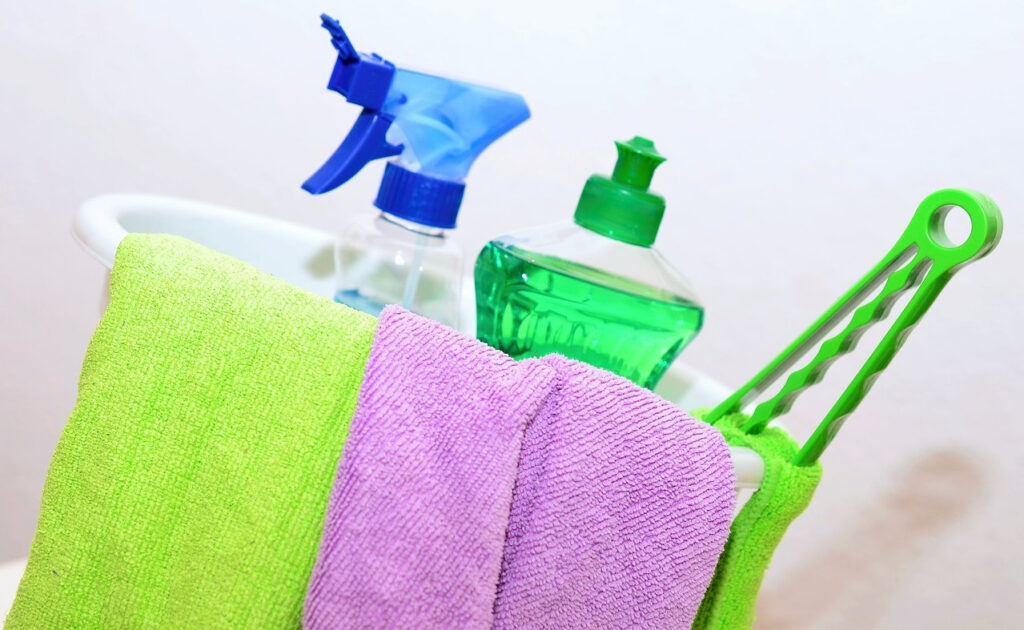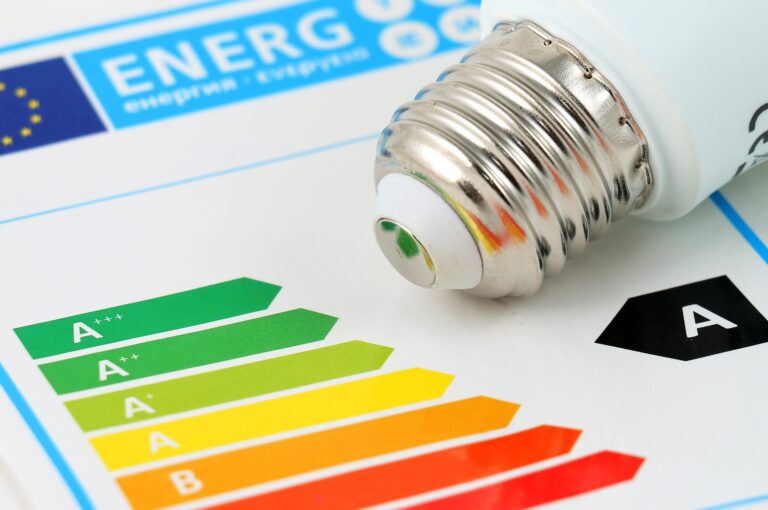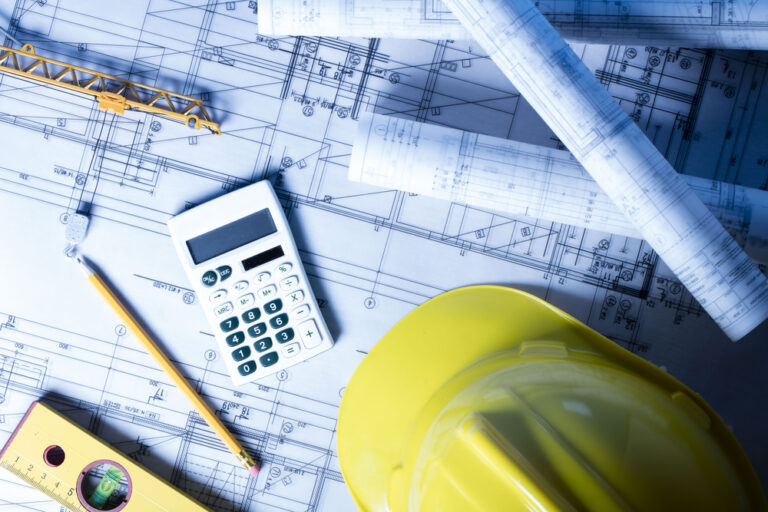If you’re preparing to leave your rental property and move on to pastures new, one key thing on your departure list will be an end of tenancy spring clean.
More than 50% of all tenancy deposit disputes between landlords and tenants are due to cleanliness
But exactly how clean do you need to leave your rental property and where do you start?
This guide has all the answers…
Who is responsible for end of tenancy cleaning?
As a tenant, you’re responsible for end-of-tenancy cleaning at your rental property.
You should leave your property in the same condition it was in when you moved in, and this condition should be outlined in your check-in inventory.
Do you have to professionally clean at the end of a tenancy?
You don’t have to have your rental property professionally cleaned at the end of your tenancy.
And under the Tenant Fees Act 2019, your landlord is unable to insert a clause in your agreement stipulating that you must have the property professionally cleaned.
However, if you wish to have a professional clean carried out and are happy to pay for this, you can do so.
Cleaning a rental property before leaving: Top tips
The important thing to remember with any end-of-tenancy clean is that you should leave the property in the same condition it was in when you moved in.
These tips can help you…
1. Tackle cleaning room by room
An end-of-tenancy spring clean can be a daunting experience – especially if you’re renting
a large property.
When cleaning, focus on one room at a time and ensure all tasks are ticked off your checklist.
Taking a room-by-room approach to your end-of-tenancy clean will help ensure you don’t feel overwhelmed and keep your focus firmly on the most pressing areas of your home.
2. Open windows and close doors
When you start cleaning each room in your rental property, open the windows and close the door.
This will help stop dust spreading to other areas of the property that you may have already cleaned, as well as ventilating the room.
When you’ve finished a room, leave the windows open for a while and close the door behind you before moving on to the next room on your list.
3. Go natural with cleaning products
Cleaning products aren’t particularly good for the environment, with many coming in plastic bottles and containers.
To do your bit for the planet, you can use some natural products to clean your rental property – including many items you may have around the house already, saving you money as well.
Lemons are fantastic for shining stainless steel like sinks and taps and leave a fresh fragrance behind.
Baking soda, meanwhile, can be mixed into a paste with a little water and is superb at cleaning grease and grime from ovens.
Finally, white vinegar works brilliantly as a de-scaler for tiles, grout, and shower heads, while pouring some into sink and shower drains can help to de-clog them and dissolve soap and scum.
4. Clean windows when it’s cloudy
To avoid streaks on your property’s windows, clean them on a cool, cloudy day.
Use warm water and soap on a soft cloth to clean your glass, before polishing with a dry micro-fibre cloth.
5. Clean in order and from top to bottom
When tackling each room in your rental property, start at the top and work your way down.
Start by dusting light fittings and the tops of any tall furniture, before moving on to windows and windowsills and finally vacuuming.
This way, all the dust and dirt you dislodge will land on the floor and you can vacuum this up as your last task in each room.
6. Be careful with your landlord’s furnishings
If your rental property is furnished, take special care when cleaning your landlord’s items.
Damage to anything that comes with your rental property could see your landlord request a deduction from your deposit.
7. Target the areas that need it most
Take some time to look around your rental property and highlight the areas most in need of special cleaning attention.
Use your check-in inventory as a guide, as this will show you the condition of each room when you moved in – which you’ll need to match when you hand the property back to your landlord.
Common areas needing extra cleaning work at the end of a tenancy include:
- Ovens
- Fridge freezers
- Bathrooms
- Carpets
8. Don’t forget the drainage
Spend some time clearing out plug holes and shower drains so water flows well.
Pouring a mixture of white vinegar, baking soda and salt into the shower drain before rinsing away can help to dissolve any soap scum that remains.
House cleaning checklist for a rental property
Follow this rental property cleaning checklist to ensure you don’t miss a thing when it comes to your end-of-tenancy spring clean…
1. Kitchen
- Remove appliances from counters, wipe down and clean surfaces
- Clean inside of oven and trays
- Clean hob
- Run a cleaning cycle on dishwasher
- Empty fridge and wipe down, remove trays and shelves and clean
- Wipe inside all cupboards and drawers and wipe down doors and handles
- Clean sink and de-clog plug hole
- Wipe down doors, architraves, and skirting boards
- Sweep and mop floor
2. Bathroom
- Wipe and disinfect basins, toilet, bath, and shower
- Empty cupboards and clean inside
- Dust and wipe shelves
- Descale shower heads
- Polish taps
- Sweep and mop floor
- Wipe down skirting boards and doors
3. Bedrooms
- Empty wardrobes and wipe through inside
- Remove bedding and vacuum mattress
- Vacuum soft bed surrounds
- Wipe down hard bed surrounds
4. All rooms, hallways and landings
- Dust and polish furniture and electronics
- Vacuum soft furnishings
- Dust lamps and light fittings
- Wash curtains, dust blinds and wipe curtain poles
- Dust and polish windowsills
- Wash and polish windows
- Vacuum carpets
- Sweep and mop hard flooring
- Sanitise all light switches, sockets, and fittings




